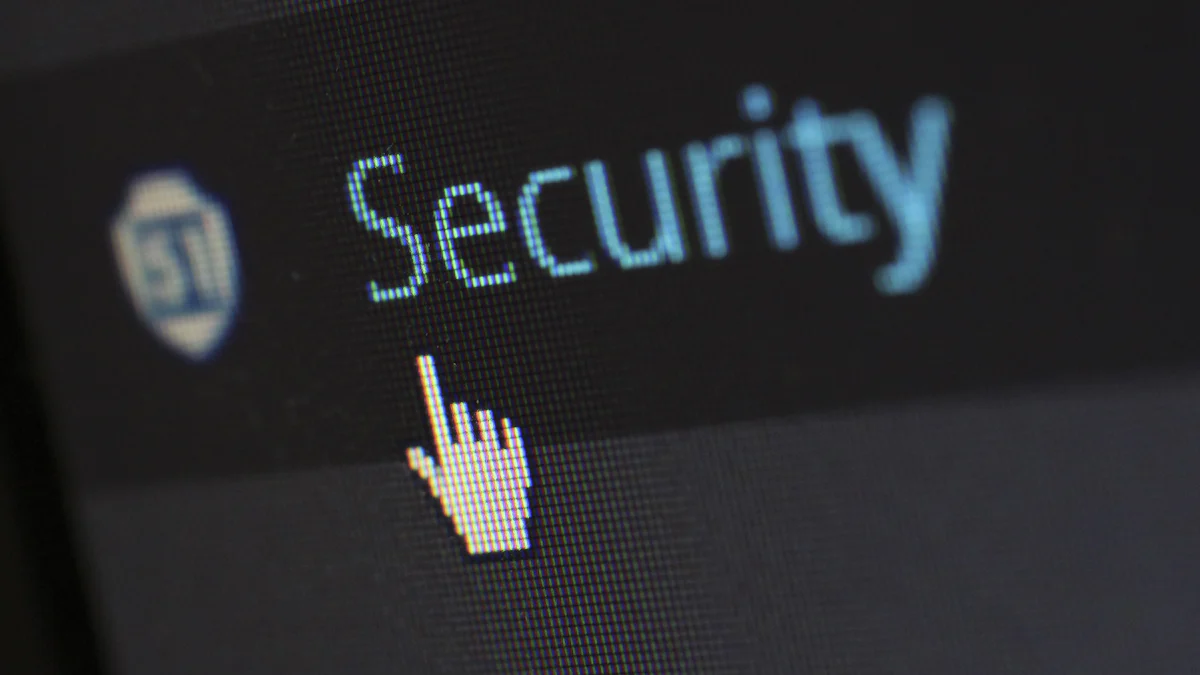Phishing 101: How to Protect Yourself from Phishing Scams
 Phishing 101: How to Protect Yourself from Phishing Scams
Phishing 101: How to Protect Yourself from Phishing Scams
Understanding Phishing
Phishing is a prevalent cybercrime tactic that aims to deceive individuals into divulging sensitive information. This form of online fraud often involves deceptive emails and fraudulent websites, which are used to trick victims into providing personal data or financial details. In today's digital landscape, it is crucial to understand the tactics employed in phishing scams to protect one's personal information and financial security.
Cybersecurity Threat: Phishing poses a significant cybersecurity threat, targeting individuals through deceptive emails and fake websites.
Phishing Scams
Types of Phishing
Deceptive emails that appear to be from reputable sources are a common manifestation of phishing scams. These emails often contain links to fraudulent websites or request sensitive information under false pretenses.
Spear phishing is another form of phishing that targets specific individuals or organizations. It involves personalized messages designed to trick the recipient into divulging confidential information.
Common Tactics
Phishing scams frequently exploit urgency or fear to prompt victims into disclosing personal information. By creating a sense of immediate threat or opportunity, perpetrators aim to manipulate individuals into acting without due diligence. Additionally, spoofed websites imitate legitimate sites with the intention of deceiving individuals into providing login credentials.
Online Fraud: Phishing scams rely on deceptive tactics such as urgency and fear to manipulate victims into divulging sensitive information.
Identifying Fraudulent Activity
Recognizing Phishing Emails
Be vigilant for misspelled or unusual email addresses in suspicious emails. Cybercriminals often use email addresses that resemble legitimate ones but contain subtle misspellings or variations.
Generic greetings or urgent requests for personal information are red flags for potential phishing attempts. Legitimate organizations usually address individuals by their names and do not pressure them to provide sensitive information urgently.
Online Safety Tip: Always scrutinize the sender's email address and the content of the email for any signs of phishing attempts.
Verifying Website Authenticity
Ensure the legitimacy of websites by checking for secure connections, indicated by "https://" in the URL, and valid security certificates. Secure websites encrypt data transmitted between the user's browser and the site, protecting it from interception by unauthorized parties.
Exercise caution when encountering unsolicited emails directing you to click on links or enter personal information. Verify the authenticity of such requests through official channels before taking any action.
By remaining attentive to these details, individuals can significantly reduce their vulnerability to phishing fraud while enhancing their overall cybersecurity.
Protecting Your Information
Security Best Practices
Safeguarding your online accounts requires the implementation of robust security measures. Utilize multi-factor authentication to add an extra layer of protection, ensuring that even if a password is compromised, unauthorized access is prevented. Additionally, create strong and unique passwords for each account to fortify your defenses against phishing deception and other cyber threats.
It's crucial to regularly update and maintain antivirus software on all devices. This helps in detecting and thwarting phishing scams that may attempt to infiltrate your systems. By staying proactive in updating your antivirus protection, you can significantly reduce the risk of falling victim to phishing scams and enhance your overall online safety.
Educating Others
- Promoting awareness of phishing scams is essential in combating online fraud. Provide resources and guidance for recognizing and reporting suspicious activity to empower others in protecting themselves from phishing scams. Encourage the adoption of cybersecurity best practices within personal and professional networks, fostering a culture of vigilance and resilience against phishing scams and other cyber threats.
By adhering to these security best practices and actively educating others about phishing deception, individuals can contribute to a safer online environment for themselves and their communities.
Combatting Phishing
In the digital age, vigilance and awareness are paramount in protecting against phishing scams. Educating oneself and others about phishing tactics is fundamental for online safety. By implementing cybersecurity best practices, individuals can effectively mitigate the risk of falling victim to phishing scams. It's crucial to stay informed, remain cautious, and actively promote a secure online environment for all.
